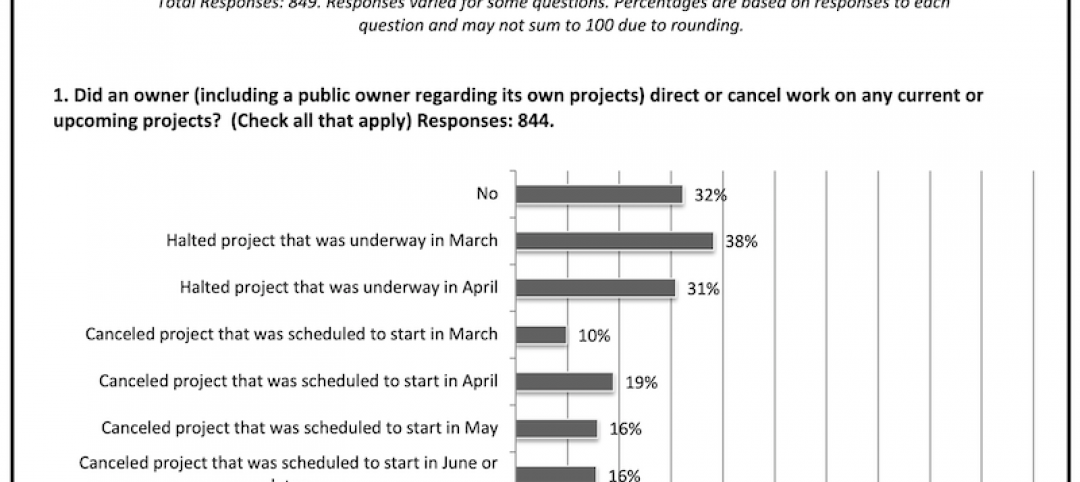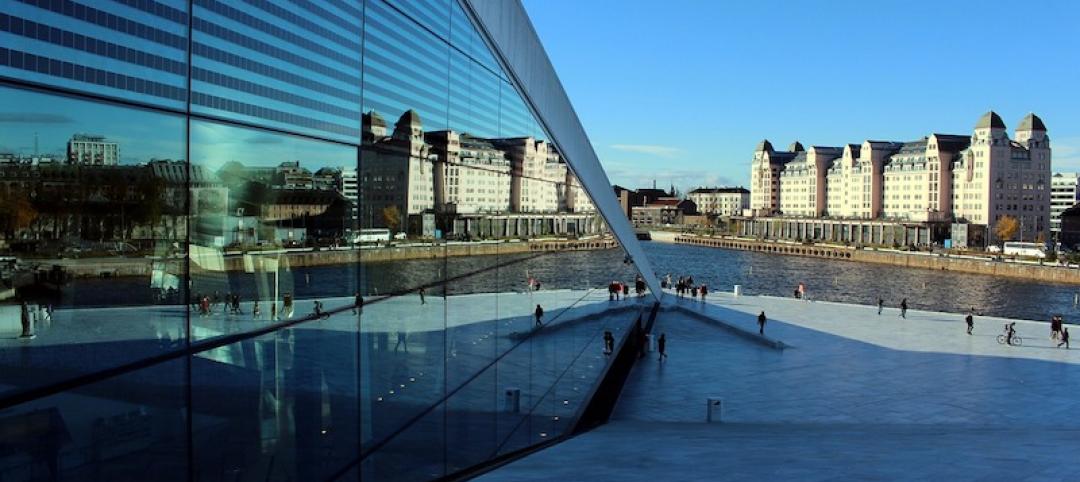It took him four years to get up the nerve to say it in public, but President Obama, in his State of the Union Address on January 21, finally used the phrase climate change. “For the sake of our children and our future,” he told the Congress and the nation, “we must do more to combat climate change.”
For hard-core environmentalists, including many in the greener portions of the design and construction sector, it was about time. Many were frustrated with Obama for reneging on his pledge, made shortly after the 2008 election, to reduce carbon emissions 80% by 2050.
But like so many others who whined about how disappointed they were with Obama’s first term—the healthcare law caved in to the insurance industry, the recovery act was anemic, and whatever happened to immigration reform and gay marriage rights?—in the end they came around to his side last November.
So it was something of a surprise to hear the newly reelected President dare to talk openly about climate change. Superstorm Sandy provided a convenient cover for him to call for a “bipartisan, market-based solution to climate change,” reinforcing his case by citing several ominous data points—“the most severe drought in decades,” “the worst wildfires some states have ever seen,” and “the 12 hottest years [of the last 15] on record.”
In the very next breath, however, he practically conceded that such a solution was unlikely, given the Republican control of the House and a less-than-super Democratic majority in the Senate. “If Congress won’t act soon to protect future generations, I will,” he said.
His plan: a promise to take executive action to reduce carbon emissions, help communities prepare for climate change, and “speed the transition to more sustainable sources of energy,” notably more wind energy and natural gas, both of which come with their own problems.
As for homes and buildings, which account for a huge 40% share of energy use and carbon emissions in the U.S., Obama issued “a new goal for America,” proposing a 50% cut in “energy wasted by our homes and businesses” over the next 20 years. Apparently forgetting that the Energy Department alone has 16,000 employees, he threw it back to the states to come up with “the best ideas” to achieve this goal.
We think a lot of the answers are already available. After the 2008 election, BD+C issued a set of recommendations to the new Administration for reducing greenhouse gas emissions, based on our earlier 40,000-word White Paper, “Green Buildings + Climate Change” (www.BDCnetwork.com/WhitePaper2008).
In our editorial (www.BDCnetwork.com/ClimateRecs), we recommended that the new Administration: 1) focus on conserving energy in existing buildings and homes; 2) concentrate on basic building technologies like insulation and efficient lighting; and 3) consider “near-zero, energy-ready” buildings and homes.
We even followed up with two more White Papers on these topics: “Net-Zero Energy Buildings + Homes” (www.BDCnetwork.com/WhitePaper2011) and “High-Performance Reconstructed Buildings: The 99% Solution” (www.BDCnetwork.com/WhitePaper2012).
We think many of our recommendations are still valid—in fact, they’re even more practical now, given that net-zero energy buildings and technologies like LEDs are becoming routine.
So, no more ducking the issue, Mr. President. Future generations are counting on you.
More from Author
Rob Cassidy | Mar 30, 2020
Your turn: Has COVID-19 spelled the death knell for open-plan offices?
COVID-19 has designers worrying if open-plan offices are safe for workers.
Rob Cassidy | Mar 25, 2020
Coronavirus pandemic's impact on U.S. construction, notably the multifamily sector - 04-30-20 update
Coronavirus pandemic's impact on U.S. construction, notably the multifamily sector - 04-30-20 update
Rob Cassidy | Nov 20, 2019
Word of the Year: "climate emergency," says the Oxford English Dictionary
The Oxford Word of the Year 2019 is climate emergency.
Rob Cassidy | Nov 8, 2019
The Peloton Wars, Part III - More alternatives for apartment building owners
ProForm Studio Bike Pro review.
Rob Cassidy | Nov 1, 2019
Do car-free downtown zones work? Oslo, yes; Chicago, no
Two recent reports (October 2019) explore whether car-free downtowns really work, based on experience in Oslo, Norway, and Chicago.
Rob Cassidy | Oct 9, 2019
Multifamily developers vs. Peloton: Round 2... Fight!
Readers and experts offer alternatives to Peloton bicycles for their apartment and condo projects.
Rob Cassidy | Sep 4, 2019
Peloton to multifamily communities: Drop dead
Peloton will no longer sell its bikes to apartment communities.
















